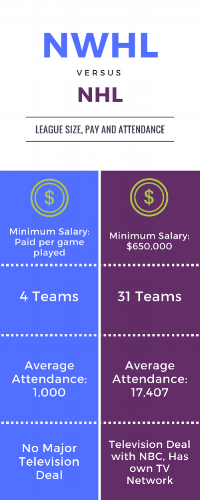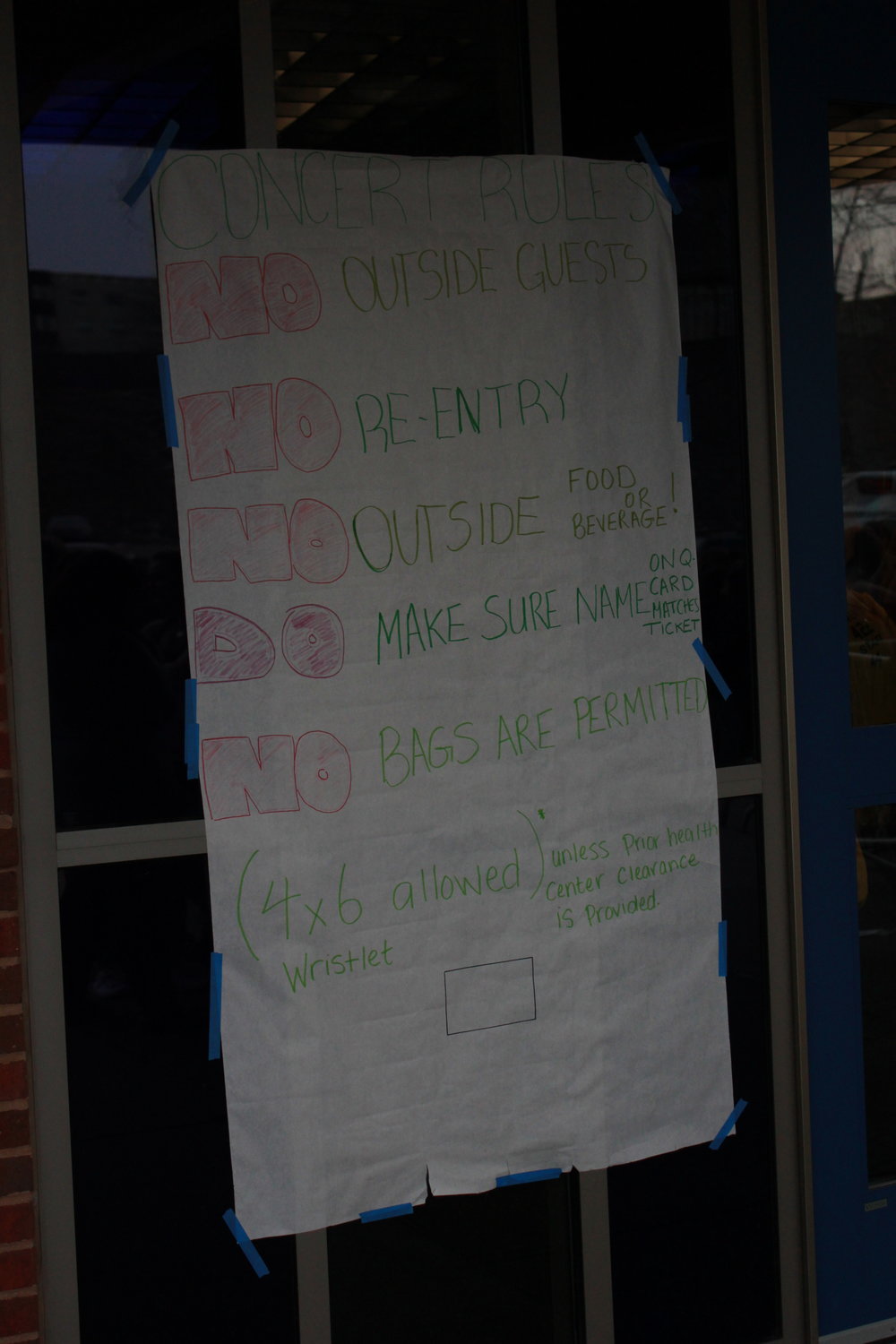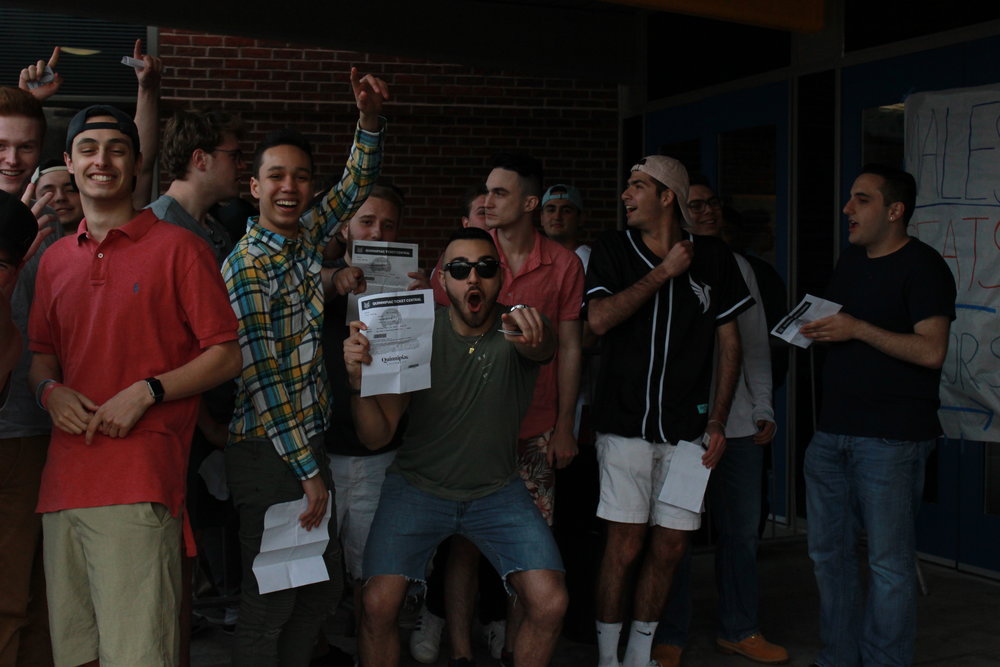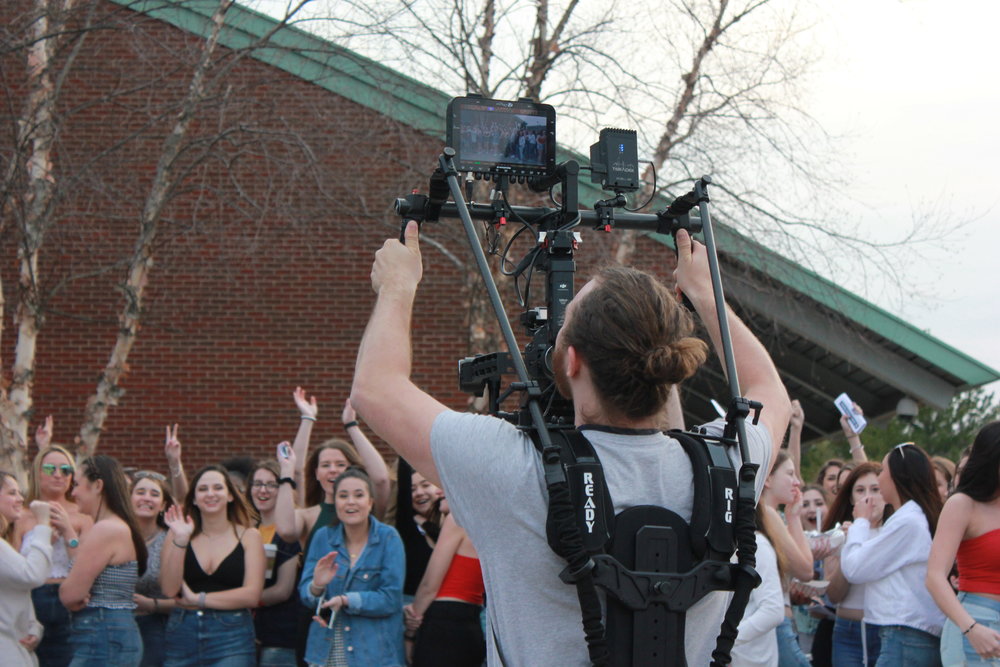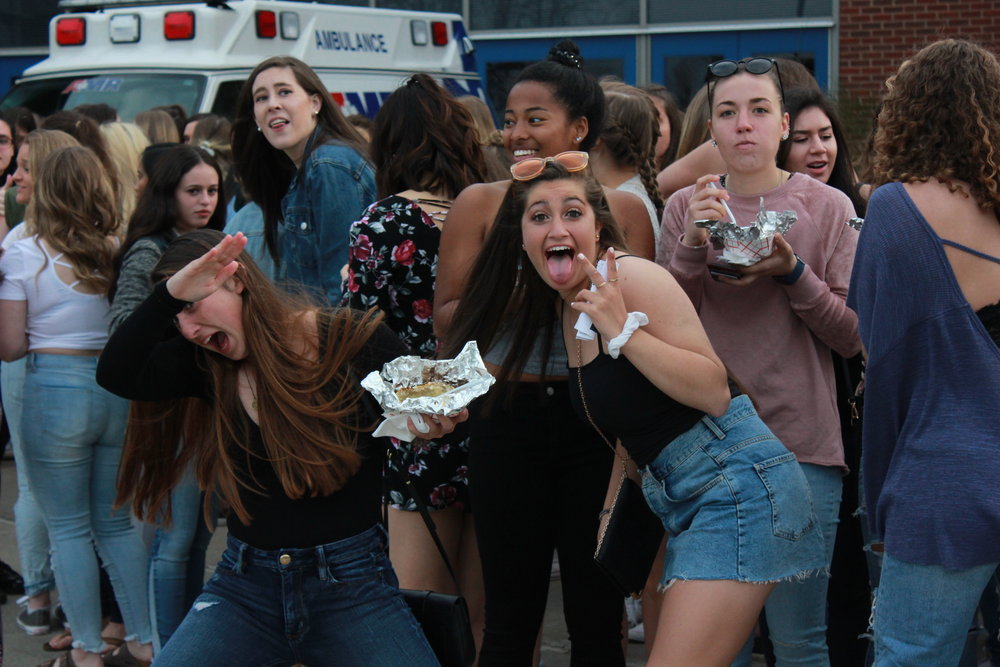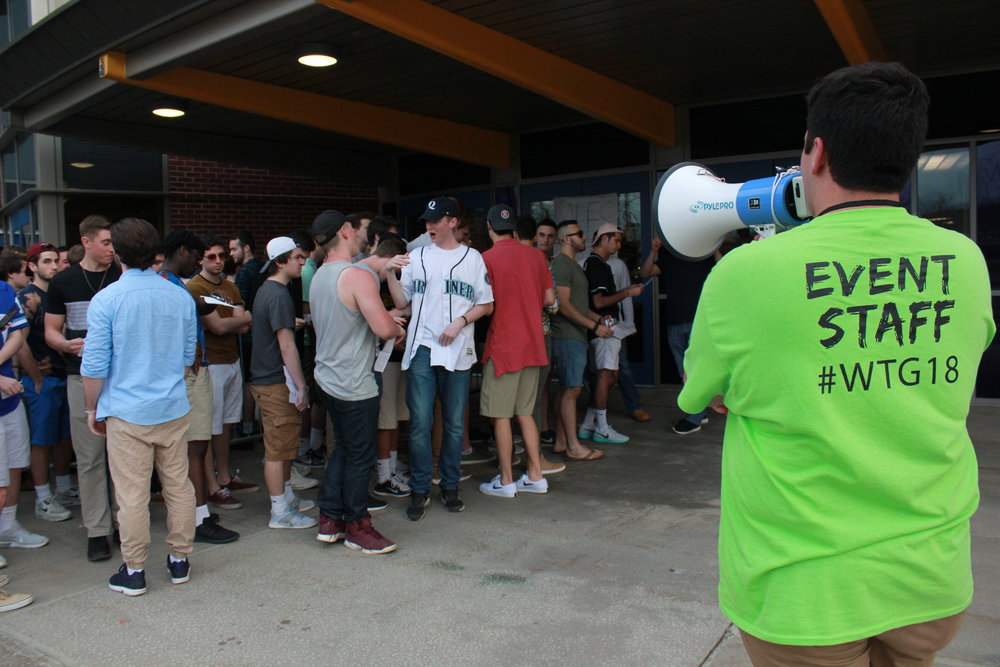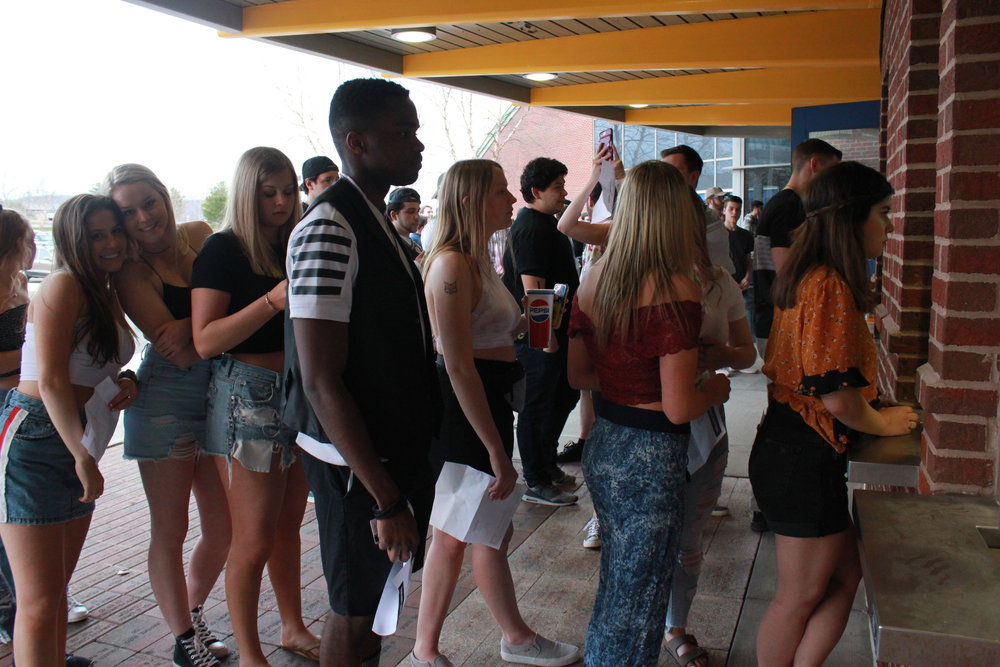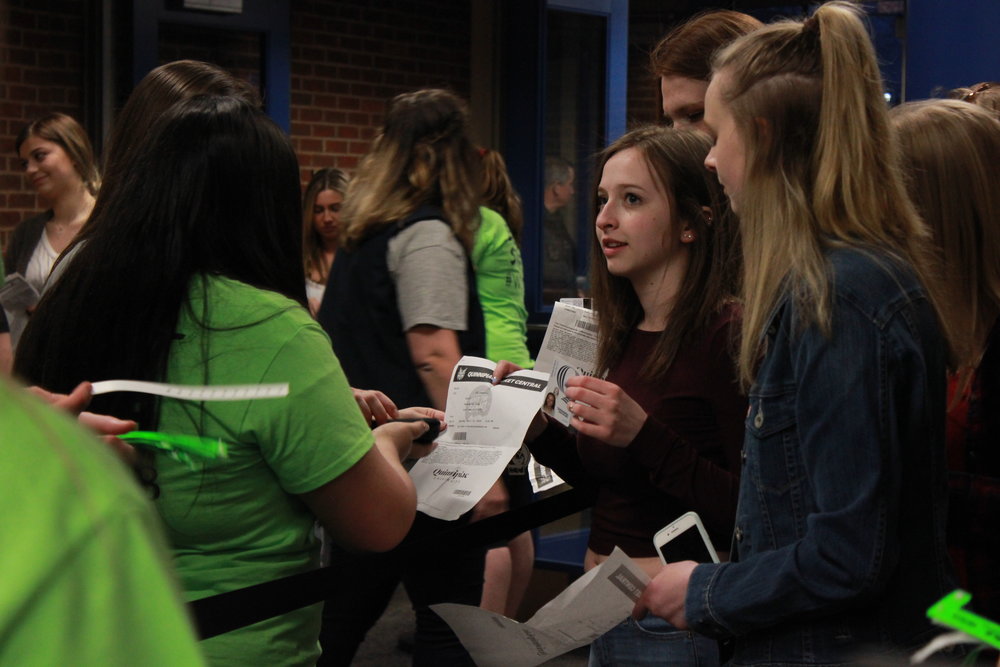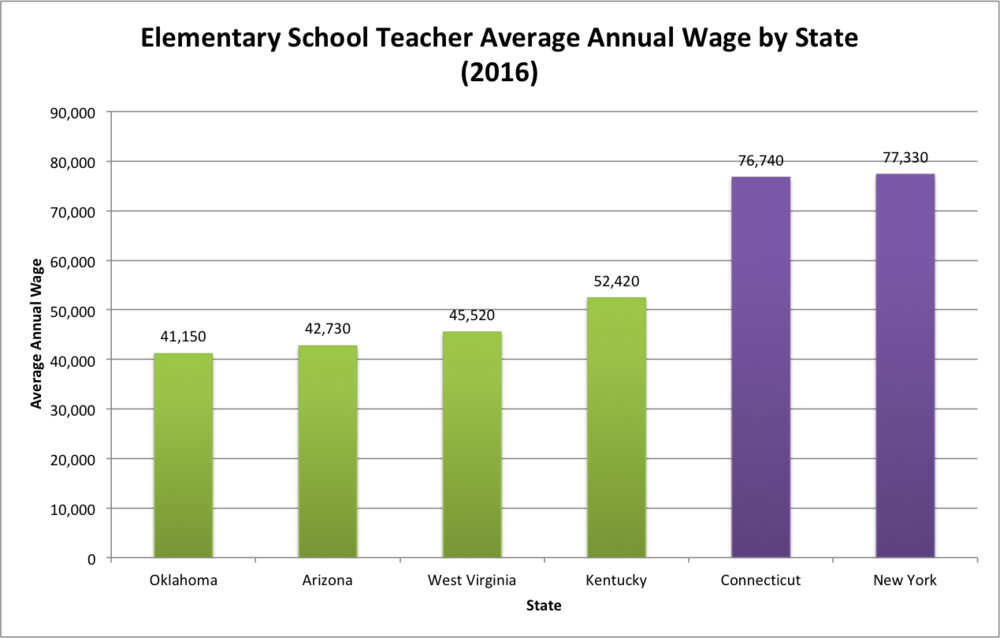By Tatyana Youssef
As mental health awareness expands in concurrence with millions of college students newly diagnosed each year, coping methods are reaching new heights.
Furry friends are welcome on campus-owned housing for student support. Known as emotional support animals, students and administration seem to be encouraging this experience for countless benefits of the everyday routine.
Quinnipiac senior Ally Foltiny runs around her yard behind Whitney Village with her puppy inspired by the adventurous character, Huck. The energetic golden retriever and Australian cattle dog mix is known for having a goofy, happy personality. Foltiny recalls the loss of her family dog led to the realization that, “an emotional support animal was the best way to decrease [her] anxiety at school.”

“I cannot talk enough about the benefits of having a support animal with me at school,” Foltiny said.
She first heard about this opportunity through on campus resources when she turned to them for guidance through a rough time. Her routine remains consistent, now taking on a new responsibility of raising a puppy.
“My dog, Huck, forces me to get up early every day, go on walks, and makes so much happier,” she said. “I have also become more social. We go to the dog park and interact with other dogs and owners.” Huck is her motivator to maintain an active, social lifestyle, simultaneously taking care of her and her puppy.
She admitted the first few months were hard, requiring a lot of maintenance when raising Huck. “I had to housebreak him, train him not to nip, bark, etc. It is a lot of work, if you are looking for a young animal, you have to dedicate a lot of time.”
The dedication seems worth it as the young pup continues to grow with Ally, keeping busy with completing her entrepreneurship degree.
Kerry Patton, the director of health and wellness at Quinnipiac, emphasizes the need for more improvement regarding mental health resources for students. Due to the severity, urgency, and commonality of mental health today, the field seems to be lacking in the quantity of resources.
According to Patton, the health center currently has 5.5 counselors, one part-time counselor who started in November, and a part-time psychiatrist. However, she adds that the International Association Counseling Standards recommends one full-time equivalent professional staff member to every 1,000 to 1,500 students. Patton revealed that the school needs one more full time counselor to meet this recommendation.
“This ratio is aspirational by nature, encouraging counseling centers to approximate the range in order to ensure an adequate number of staff members to meet the clinical needs of students,” Patton said.
In the meantime, opportunities like approval of emotional support animals aids in the process of fighting mental health disorders while the campus is in the process of meeting national demands.
Director of Residential Life Mark DeVilbiss explained the process of approval and protocol before officially enjoying the animals on campus. First, the student provides documentation that is reviewed by Matthew Cooper, Director of Student Accessibility. After the student meets with him, the emotional support animal may or may not be approved.
The next step runs through residential life, as Associate Director of Residential Life Melissa Karipidis meets with the student to go over guidelines and expectations of the Emotional Support Animal (ESA). This includes “providing documentation that the animal is healthy, has been vaccinated, and is licensed,” DeVilbiss said. After these two meetings are complete and approved, the animal may be allowed on campus.
Velvet Chestnut, a senior public relations major, lives at the Flats in North Haven, an apartment complex under Quinnipiac housing. She lives in a studio apartment with her puppy Kairo, a small white maltese yorkie mix. “Having my ESA has helped me get through hard academic periods, such as midterms and finals. It’s been great having him with me senior year,” she said.

She recalls seeing ESA ads on the internet before looking into Quinnipiac’s policy. “I wanted to know more about Quinnipiac’s exact process so I asked one of my friends who is an RA (Residential Assistant),” she said. “They were able to put me in contact with the person who oversees the process, Matt Cooper.”
Matt Cooper approves the qualification for having an animal on campus before the student meets with residential life. “Students have reported that they are calmer, more social, and feel a sense of responsibility for their ESA,” Cooper said.
This semester alone has brought in more than 20 new animals on campus. Cooper said,“since February 16, the office of student accessibility has approved 26 emotional support animals.” Although most get approved, some students do a trial run with their pups on campus to see if it will be a “great fit,” according to Cooper.
DeVilbiss agreed with the benefits of having an emotional support animal, especially in the college atmosphere where stress is heightened and evident.
“I think ESAs are a tremendous benefit to students who need them,” he said. “They can help students manage anxiety, depression, and other conditions. ESAs are wonderful if they can help a student who is otherwise struggling have a successful experience at QU.”
Junior psychology major Emma Alaimo recalls a dark time where she knew she needed help, but did not realize a support animal was the answer.
“A few years back I had a traumatic experience in which led me to have many panic attacks and high anxiety,” she said. Often finding herself in bed, keeping to herself and lacking the motivation for a social life, Emma began seeking counseling. The counseling helped, but she needed more.
She remembered hearing about the opportunity by seeing a campus pup the semester beforehand. After getting her mini australian shepherd Koda approved, she said she kept her smiling and gave her motivation. “Not only did she put me into a routine and made me more responsible, she made me more active and want to be outside more.”
Emma recommends taking advantage of this opportunity and following the regulations respectfully when it comes to training and keeping up with the maintenance of the animal. Through her experience, she said, “last semester was the best semester I had at Quinnipiac grade-wise and it was honestly all because of her.”

Cooper encourages more students to look into the opportunity of having an emotional support animal.
“They feel that they have better control of their daily life because their animals rely on the human to take care of them,” Cooper said.
The sense of responsibility seems to be the staple element that pushes the opportunity for emotional support animals on campus. Student experiences show a recurring theme of responsibility over the animal leading to motivation, eventually leading to a routinely lifestyle with structure.


